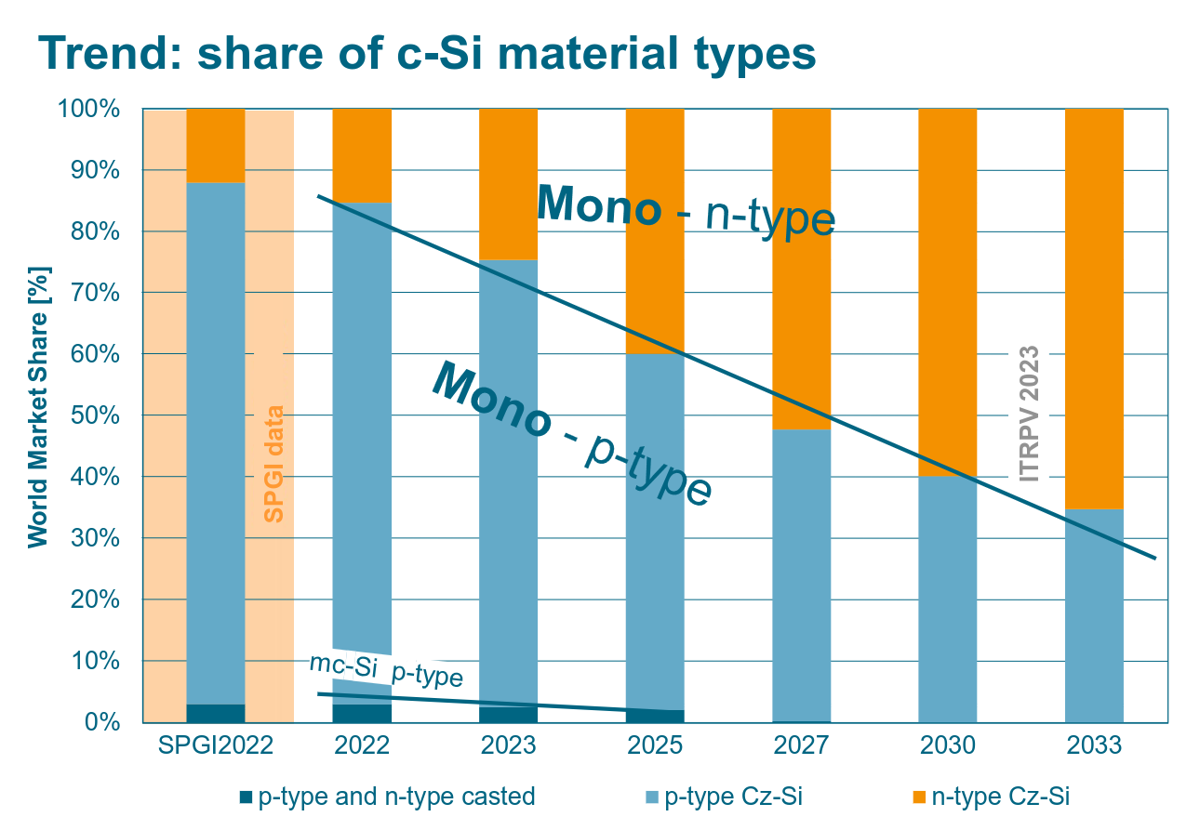Do you know how LID losses affect your facilities?
📉 Light-Induced Degradation (LID) occurs within the first 72 hours of exposure of a P-type crystalline module to sunlight. This effect leads to an efficiency loss of up to 2%, depending on the cell type.
To understand how these losses affect, it's important to differentiate between two cell types:
➕ P-type cells are doped with atoms that have one less electron than silicon in the valence layer (such as gallium or boron).
➖ N-type cells are doped with atoms that have one more electron than silicon in the valence layer (such as phosphorus).
LID losses are largely attributed to the generation of boron-oxygen, affecting P-type cells doped with boron to a greater extent. In addition, monocrystalline cells, due to their higher oxygen concentration, experience greater LID losses (~2%) than polycrystalline cells (~0.5%).
Historically, most P-type cells were doped with boron, but the current trend is doping with gallium, which reduces losses by a factor of ~5.
✅ On the other hand, N-type cells are not affected by this type of losses. Nowadays, you can find these cells in modules such as SunPower or the TigerNeo N-type series by Jinko Solar.
📈 According to the latest report from ITRPV (May 2024), although most modules previously used P-type cells, N-type cells have now become the majority in 2024.
